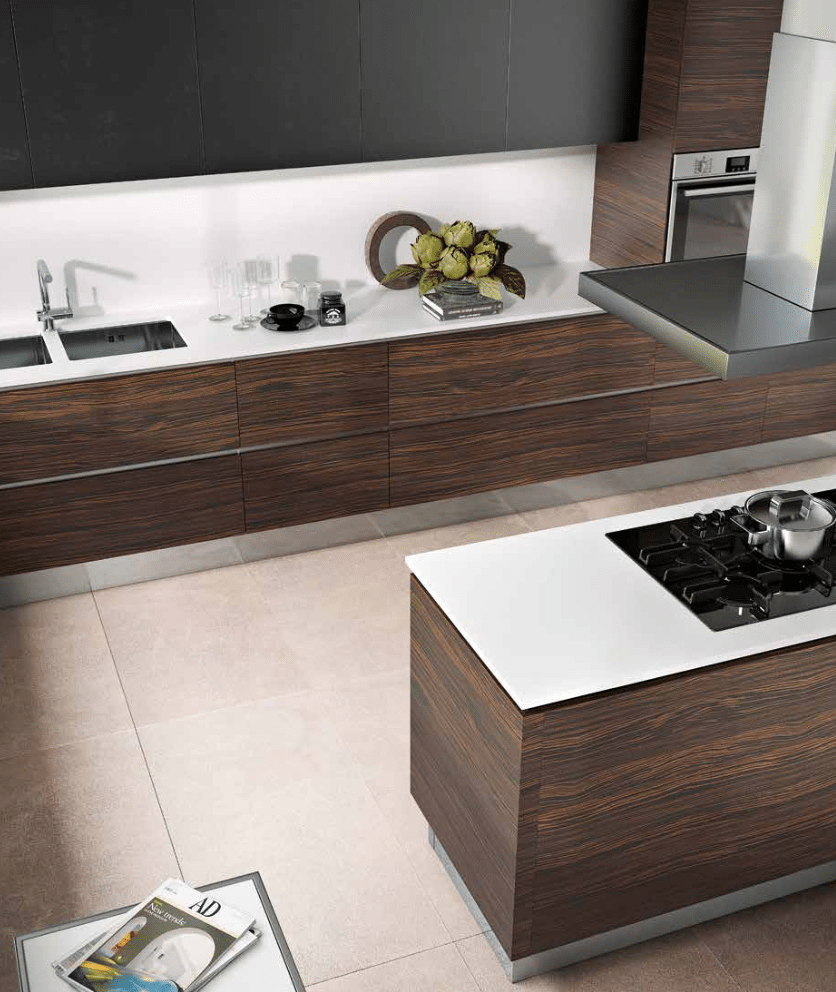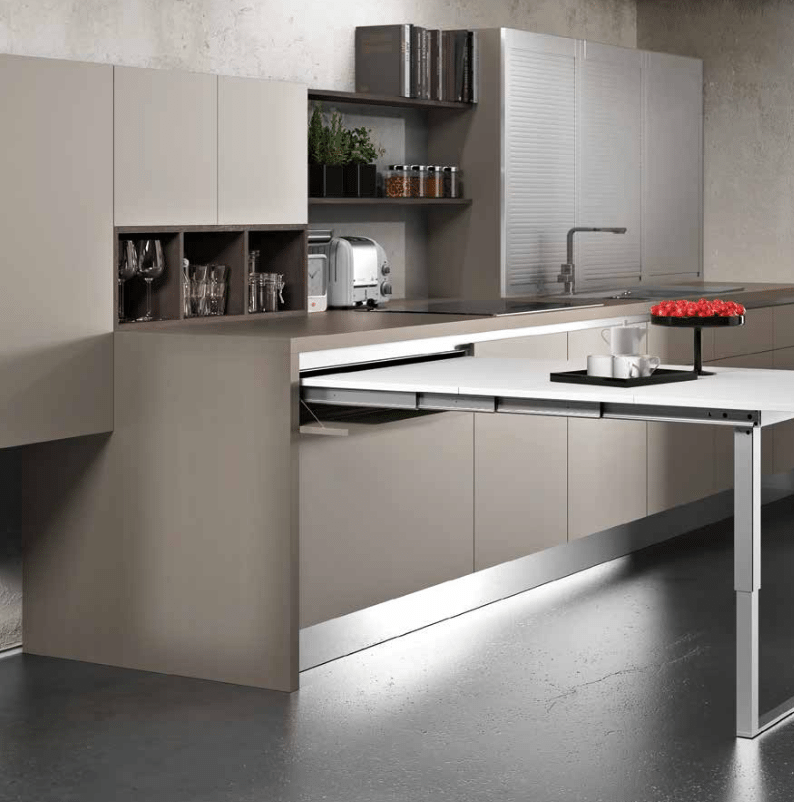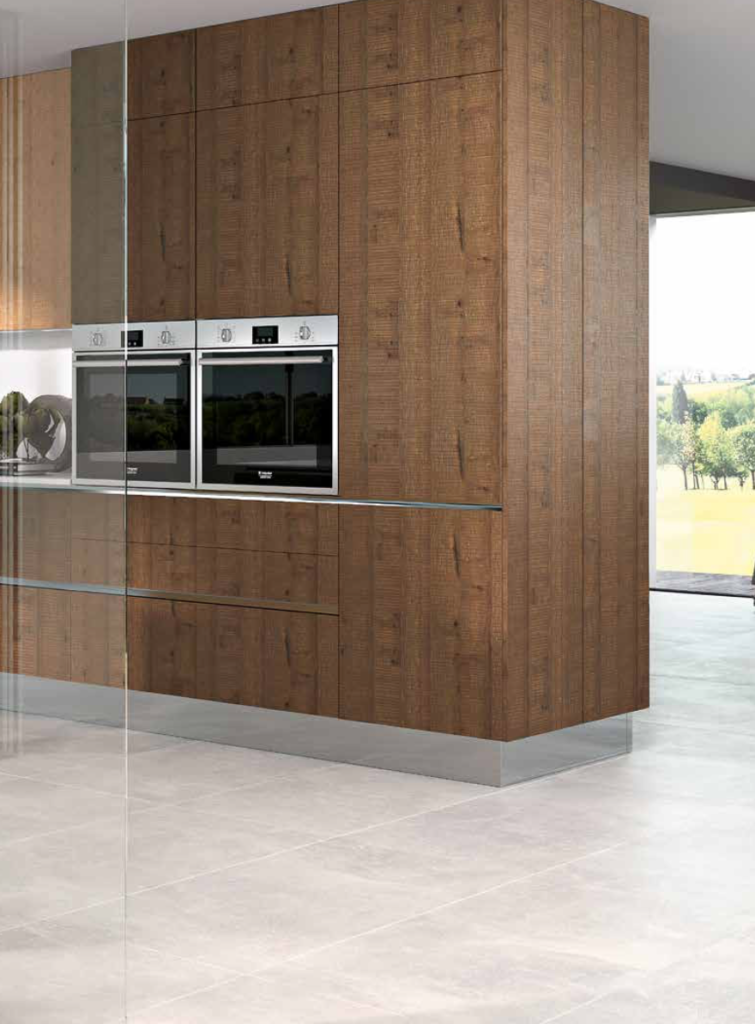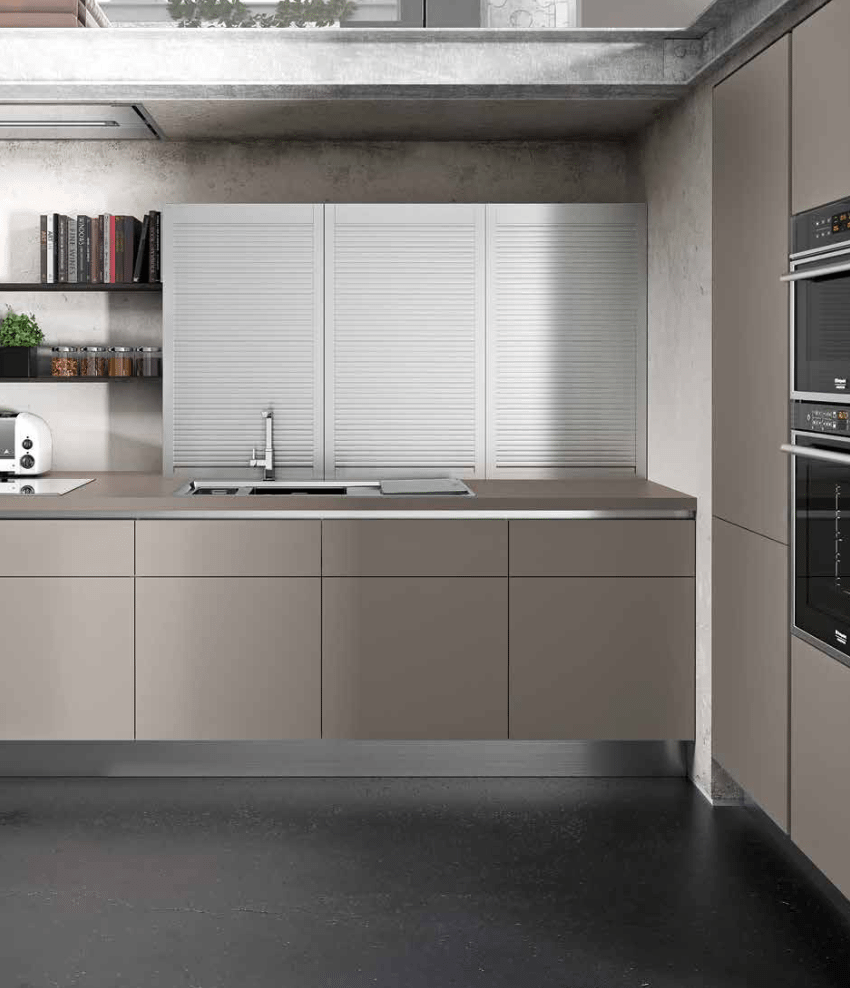Balancing Form And Function In Your Kitchen Cabinets With An Interior Designer

Your kitchen cabinets must be functional, high-quality and versatile enough to store everything from plates and glasses to cleaning supplies. The style and color of your cabinets have a huge effect on the overall feel of your kitchen. When it’s time to update the style, an interior designer for kitchen cabinets can make all the difference in realizing your dream kitchen.
Finding the Balance
One of the key aspects of choosing your kitchen cabinets is finding the perfect balance of form and function. You need to feel comfortable using your cabinets every day, but they should also be pleasant to look at and reflect your style. Look for cabinet designs that are sturdy enough to hold everything in your kitchen, but don’t sacrifice your stylistic vision. If you’re remodeling the entire kitchen, you and your designer can choose other aspects that match the cabinets you choose, but if not, you may need your designer to help you match the new cabinets to your existing kitchen.
The Perfect Designer
When choosing an interior designer for kitchen cabinets to help you create your vision, be sure to find someone whose previous projects reflect the same kind of style you’re looking to capture. The better you can see your own vision in their previous projects, the more likely it is that they will be able to help you achieve your perfect kitchen. It’s also important to choose a designer who shows attention to detail and a close familiarity with the latest trends. Finally, look for a designer with plenty of experience. An inexperienced designer may be cheaper, but they likely won’t be quite as capable of making your ideal kitchen come to life exactly as you imagined it.
You deserve the kitchen of your dreams, and the perfect cabinets are a key part of that. Choosing an interior designer of kitchen cabinets who meshes perfectly with your style is the key to making your kitchen dreams a reality.
Interior Design, Decoration Or Staging? Understanding Some Key Differences

A common misconception is that the art of interior design is the same thing as interior decorating. Add home staging services to the mix, and it’s easy to see why lay individuals who aren’t in these industries become confused. However, there are key differences between the three professions. To know which services you need, it’s important to understand how each one works.
What Is Interior Decorating?
“Interior decorating” and “interior designing” are often used interchangeably by homeowners, real estate agents and others who aren’t professionals in these fields. Nevertheless, interior decorating primarily focuses on how to modify the physical appearance of a space with flooring, wall colors and textures, fabrics, decorative accessories and furniture.
Interior Design Basics
Interior designers create rooms that are functional, comfortable and aesthetically pleasing. These professionals propose solutions by working with variables such as lighting, electrical wiring installation and materials as well as room and furniture layouts. Based on client needs, they may also create or modify a room’s structural elements.
How Does Home Staging Work?
Home staging involves temporary modifications to boost their clients’ chances of selling their homes. Professionals modify rooms with decorative accessories and rearranging furniture to downplay any negative aspects and allow prospective buyers to freely walk through these spaces.
What About Interior Redesign?
Although it isn’t mentioned as often as interior design, decoration or home staging, interior redesign is another useful practice that presents an existing home in its best light. Interior redesigners use similar techniques to home stagers, but they may go a step further by adding more accessories and swapping out wall colors, window treatments, light fixtures and other aspects of each room.
All these services fulfill unique purposes, but it’s essential to have some understanding of what you need before you pay money, sign contracts or commit to any projects. A professional company will work with you to comprehend your situation and recommend the best solutions for you.
Adding Substance And Style With European Kitchen Cabinets

Kitchen trends come and go, but European kitchen cabinets offer both beauty and utility in the same package. With their contemporary styling and greater accessibility to the items you store inside, these cabinets are quickly becoming a popular yet enduring trend in kitchen interior design. Learning more about these products can help you make informed choices when it’s time to change up or completely remodel your kitchen spaces.
Frameless Cabinet Construction
To comprehend the benefits of European cabinets, it’s vital to understand the differences between these products and their American counterparts. American versions usually have rectangular face frames that are attached to the front of their cabinet boxes and surround their cabinet doors. In contrast, most European kitchen cabinets have omitted face frames from their designs. Also known as “full access” cabinetry, these use a thicker box construction and full overlay doors that attach by hinges directly to the cabinet box’s sides.
The Benefits of European Cabinets
Because of these key differences in their construction, modern European-style kitchen cabinets provide several useful advantages. First, their design provides greater accessibility to your contents. Without a face frame in the way, it becomes easier to store more and larger items inside their interior spaces. Additionally, they also offer more customization options in terms of materials, decoration and hardware thanks to the smaller door and drawer margins. Finally, many European kitchen cabinets come with a distinctively sleek look and minimalist feel that’s right at home within many interior design schemes.
Consider Size, Shape, and Décor
In general, framed American cabinets offer a more traditional look while most European ones exhibit a contemporary style. You’ll need to consider storage space, your desired décor style and the amount of available room for installation before you make your final cabinet choices. It’s important to keep your preferences and needs in mind while consulting a professional interior design company for smart advice and options.
Melding Style And Function With European Cabinets

Europe is the birthplace of Western culture and continues to lead the world in style, sophistication and cutting edge design. It represents both the past and the future, creating products and trends that, whether traditional or contemporary in taste, are always defined by craftsmanship, quality and elegance. Nowhere is this truer of European designs than in the kitchen. European kitchen cabinets meld the old world with the new by combining the finest aesthetics with the utmost functionality for modern homes.
The kitchen is the heart of the home, and so there is no room where it is more important for the homeowners tastes to be apparent. Whereas American cabinetry tends to rely on a traditionally simple look, European cabinetry reflects the many varied cultures of the continent. Designs range from sleek, subdued and modern to more ornate styles that evoke the charm of the Old World. In all cases there is a sense of distinction and painstaking attention to detail that speaks to the quality of the cabinetry and the sophistication of the homeowner.
For a kitchen to function, it must be durable and intentional. European kitchen cabinets are produced with a level of craftsmanship and thoughtfulness that is unparalleled. From the quality of materials to the careful construction, these are cabinets that are built to hold up to a lifetime of use. The layouts and features are similarly designed to organize, store and display the full variety of kitchen tools in locations that are convenient and intuitive, maximizing your space and time in the kitchen.
Europe is a destination for many across the globe, but for some it is also a perspective and an aesthetic they wish to infuse into their home. As a space for cooking, eating and gathering, the kitchen is a place where a homeowner’s personal style must be united with functionality. For those who whose tastes demand sophistication and quality, European kitchen cabinets are the obvious choice.
Leaving The Interior To The Pros

Everyone dreams of having their own space. But what happens when you get the space and can’t think of anything to do with it? Then it’s time to think about outsourcing that particular task by hiring an interior designer. Believe it or not, many of them are not the eccentric bohemian types that are shown in the movies (although some certainly are). Here are some advantages to hiring one.
A Shared Vision
Believe it or not, hiring a professional to help with interior design is similar to having an expert puzzle master. Those skilled in this art have this crazy knack to imaginatively place items into a space. You’ll find that many who pursue this course as a career test high on a visual-spacial learning spectrum. With this talent for seeing a room not as it is but at its full potential, an interior can take some of the guesswork out of a project.
Time Savers
Once you’ve designed your space with your designer, you can take time to focus on your everyday life. Part of the function of an interior designer is to remove some of the guesswork and legwork from clients. Depending on how interactive you are with the design, the professional you hire can present an array of items for you to choose from or make the choices for based on your consultations.
Budget Builders
Hiring a professional to help with your interior décor can help save money in a variety of ways. First and foremost, the savvy decorator has contacts and vendors and in many cases can comparison shop to get the best price for the best product. Secondly, the interior decorator saves you by buying pieces that fit, saving you the hassle of impulse buying.
Those hiring an interior designer should not consider it an expense, but an investment. Hiring a professional often saves time and money.

